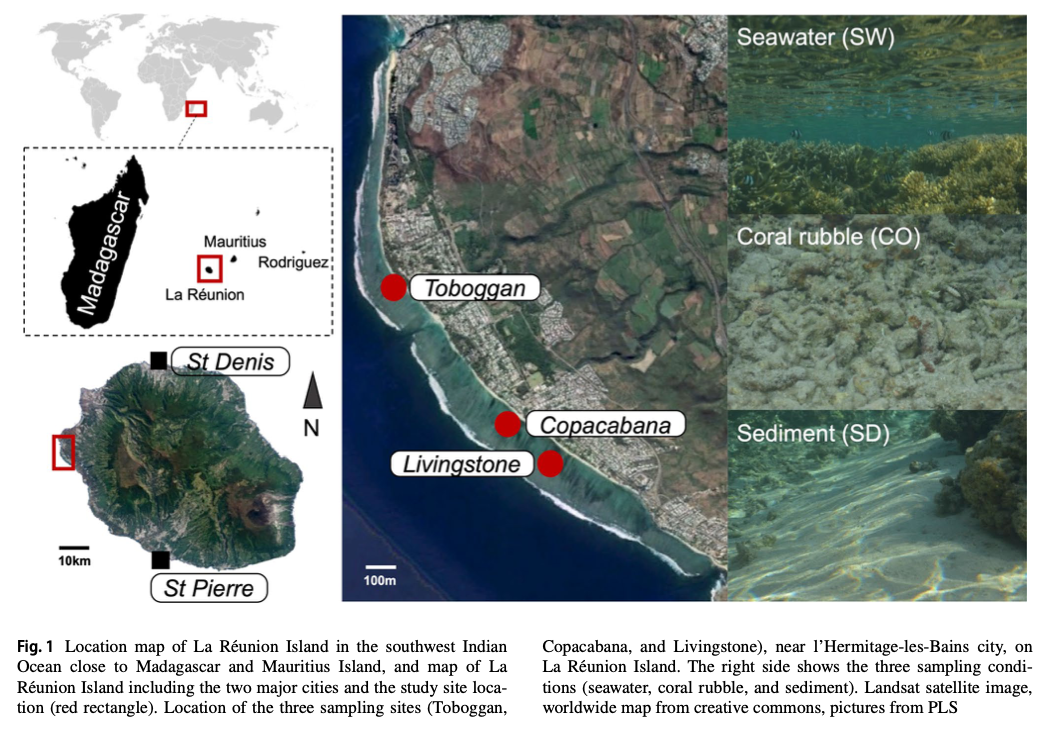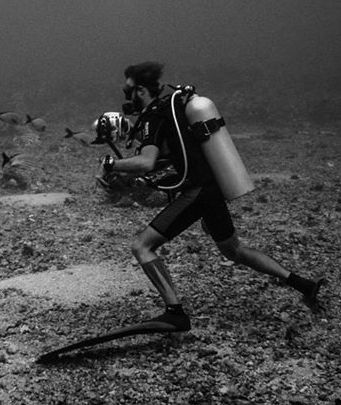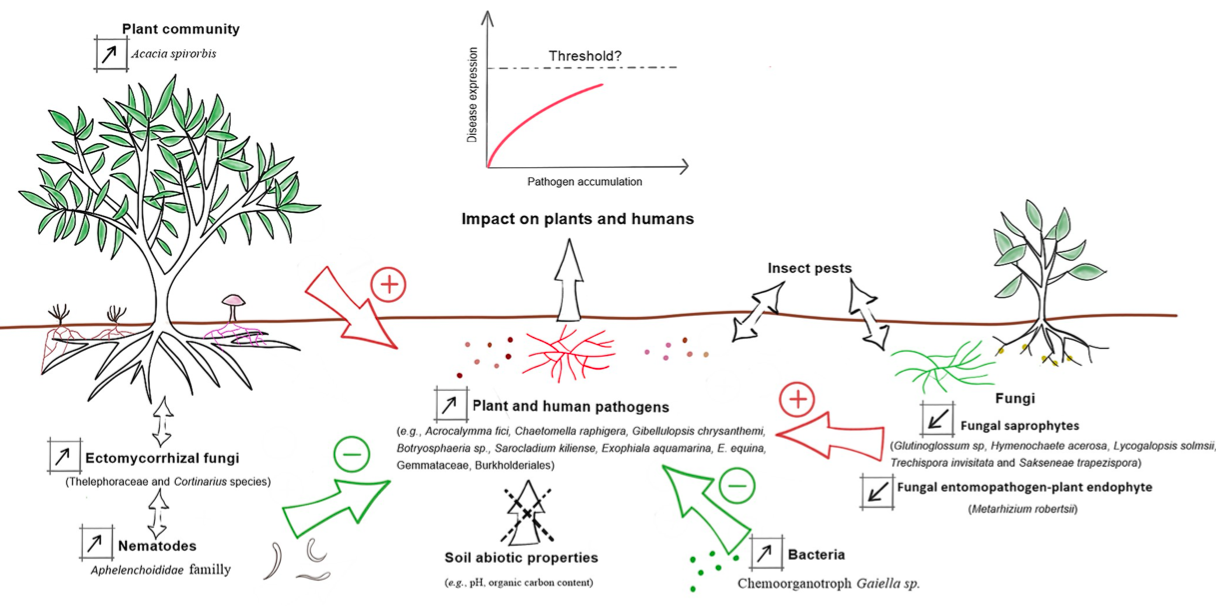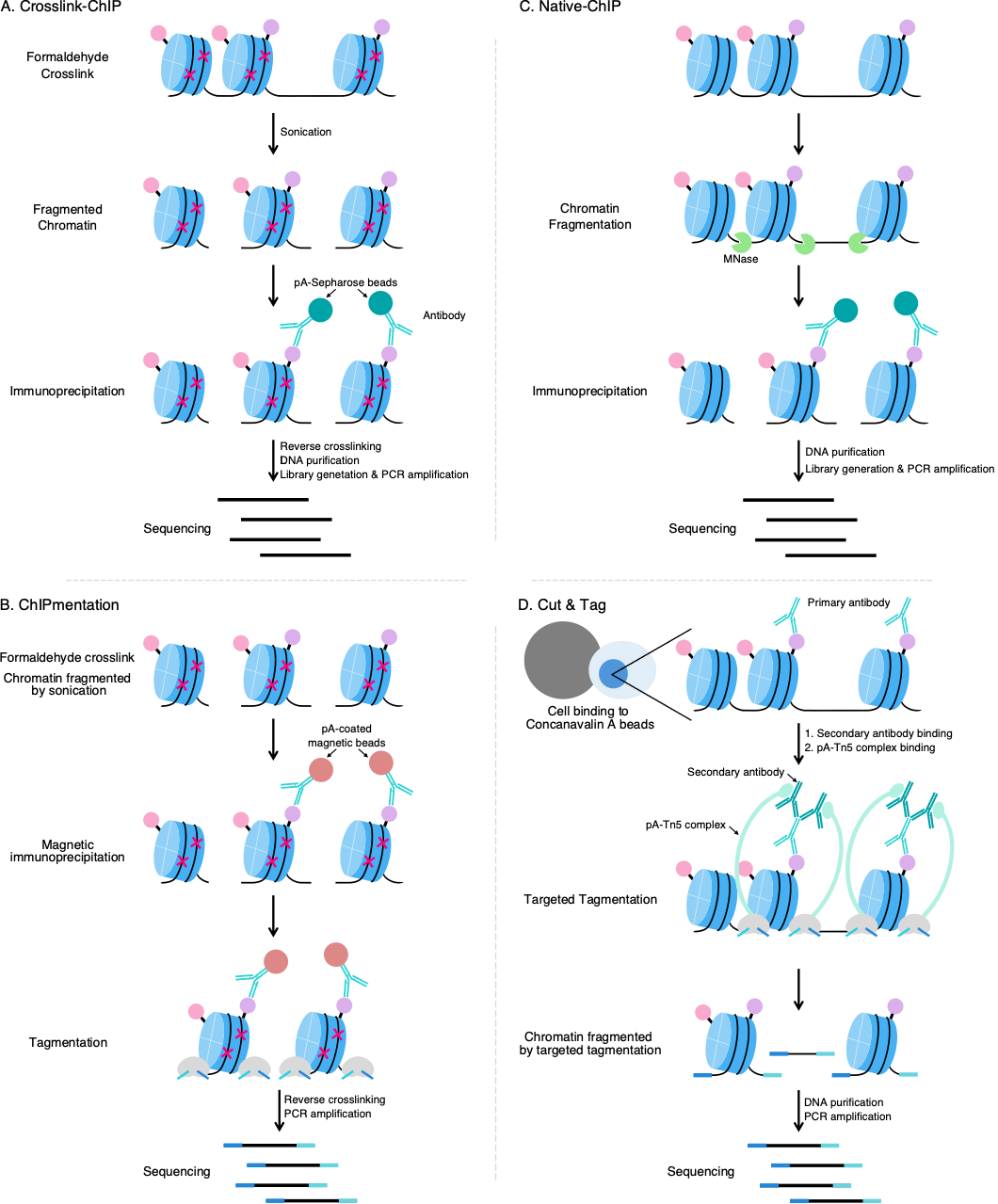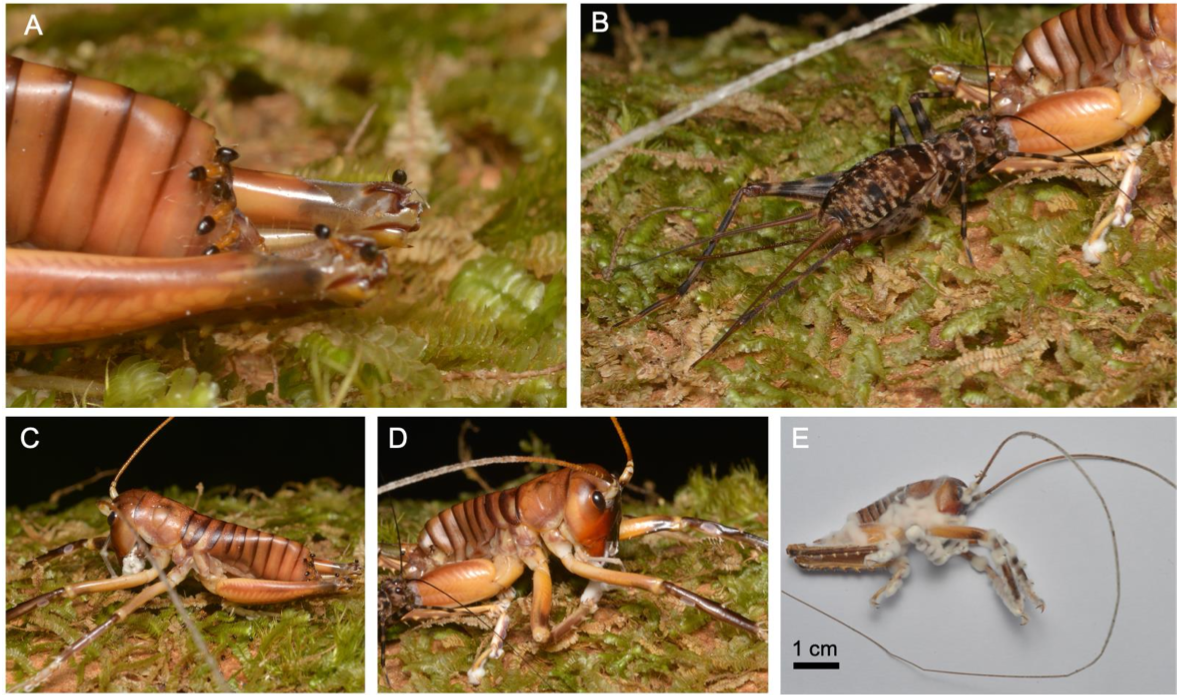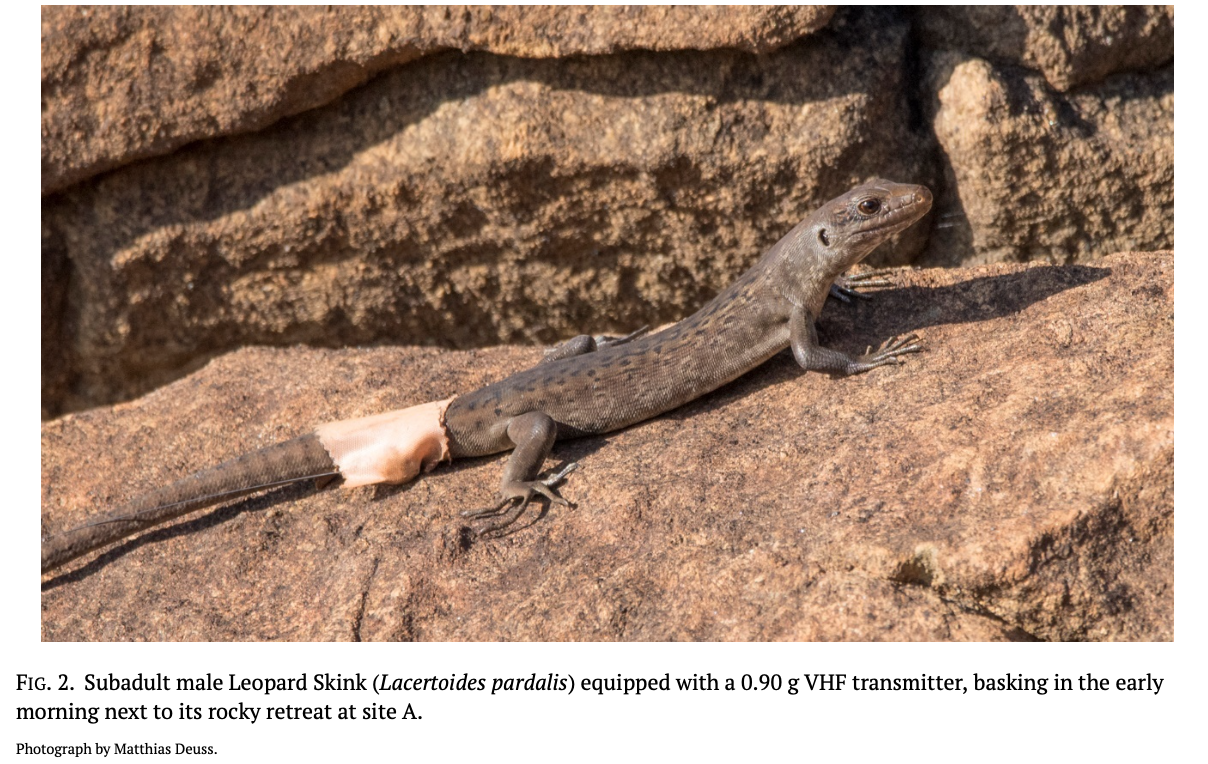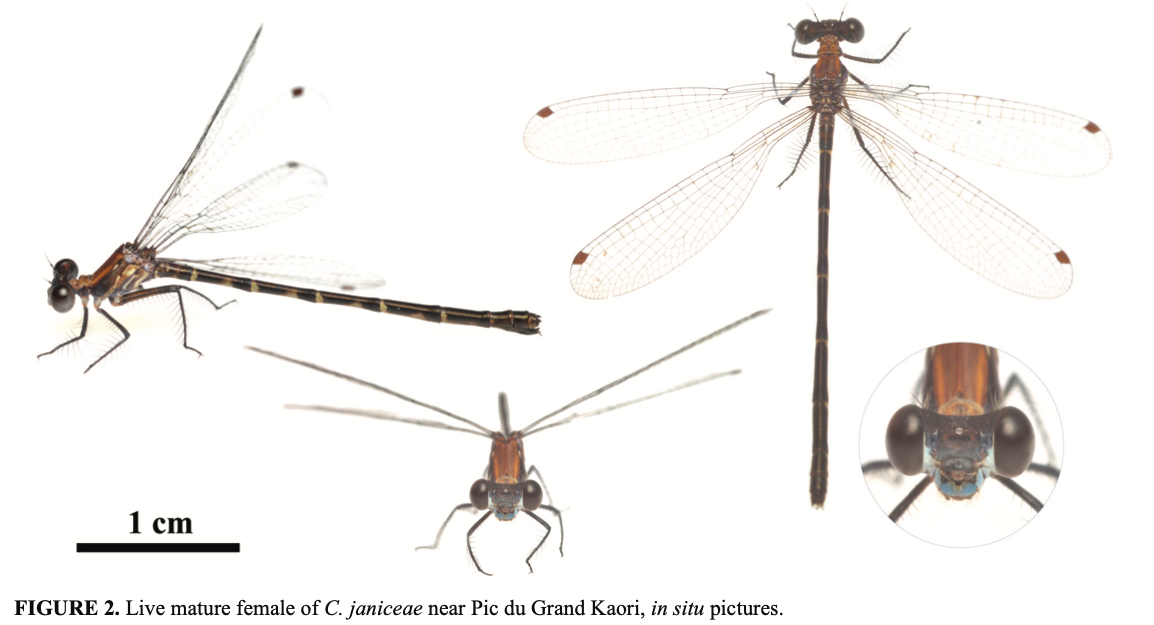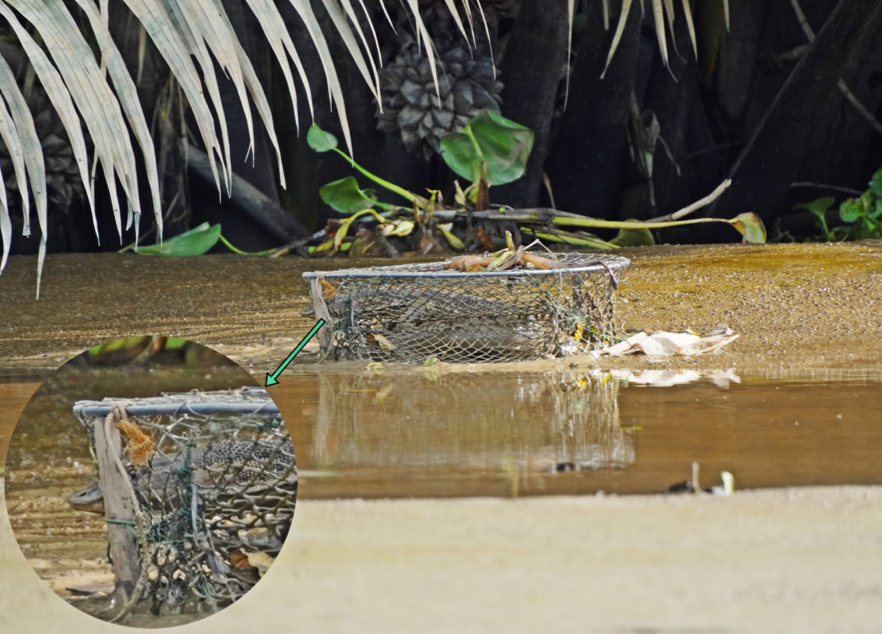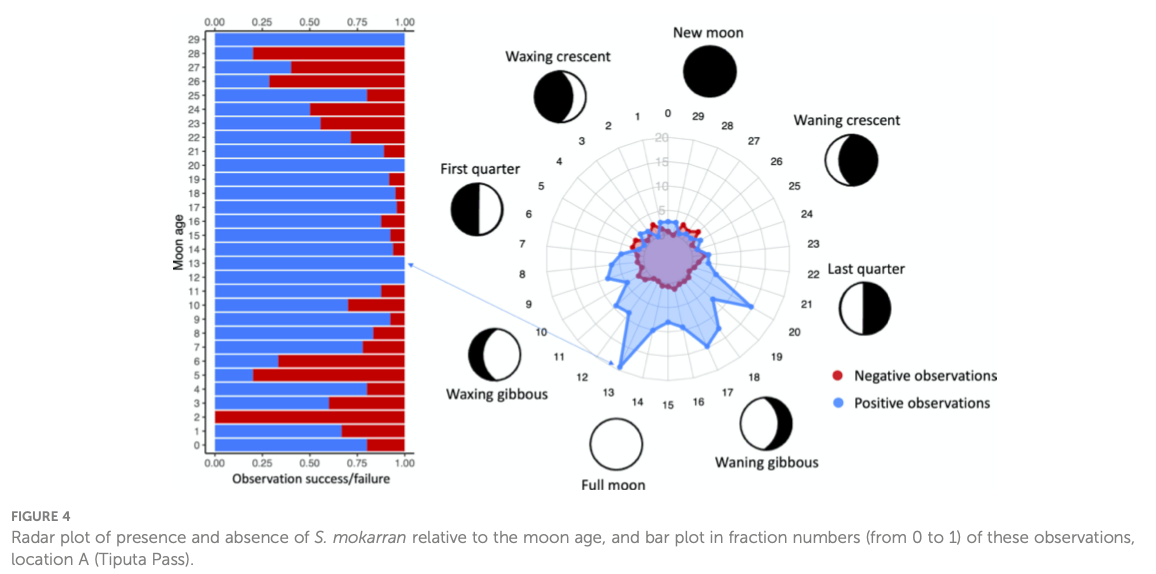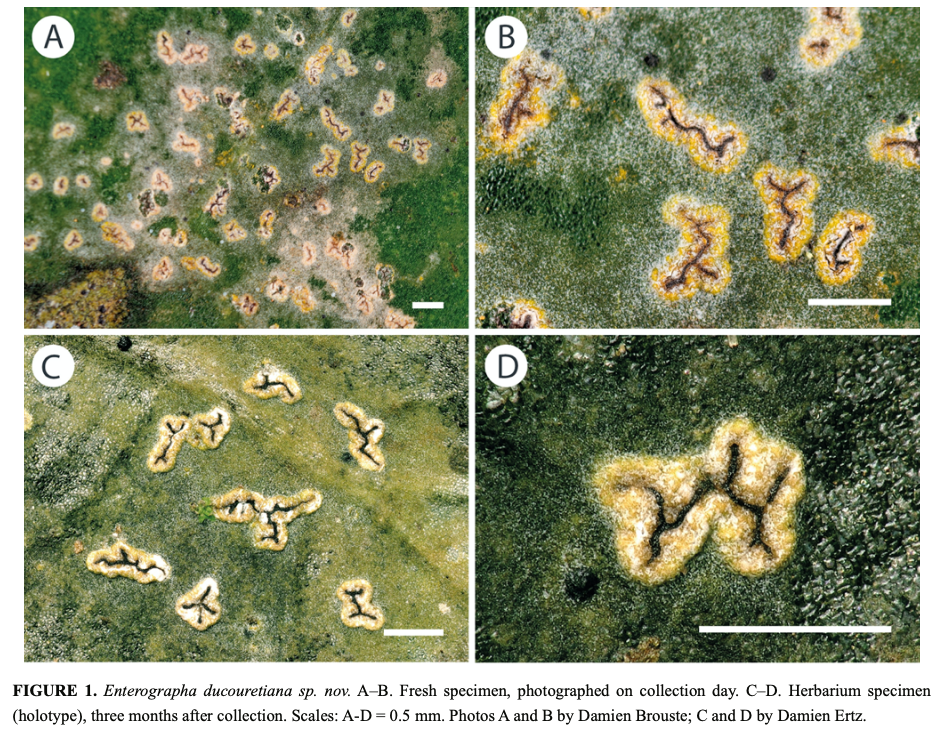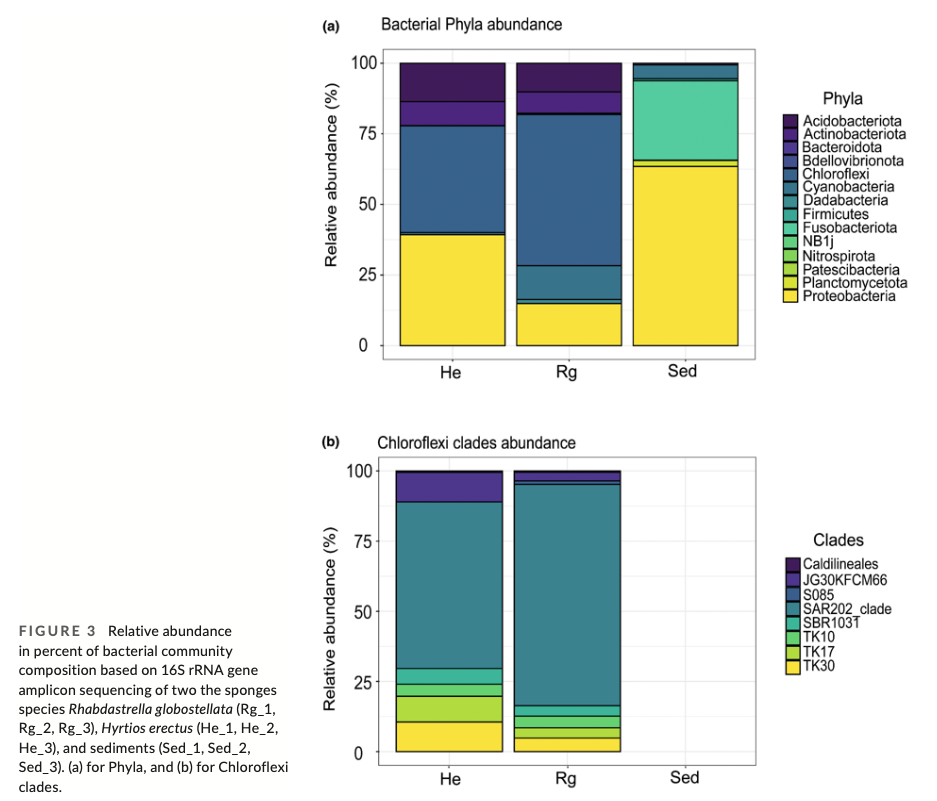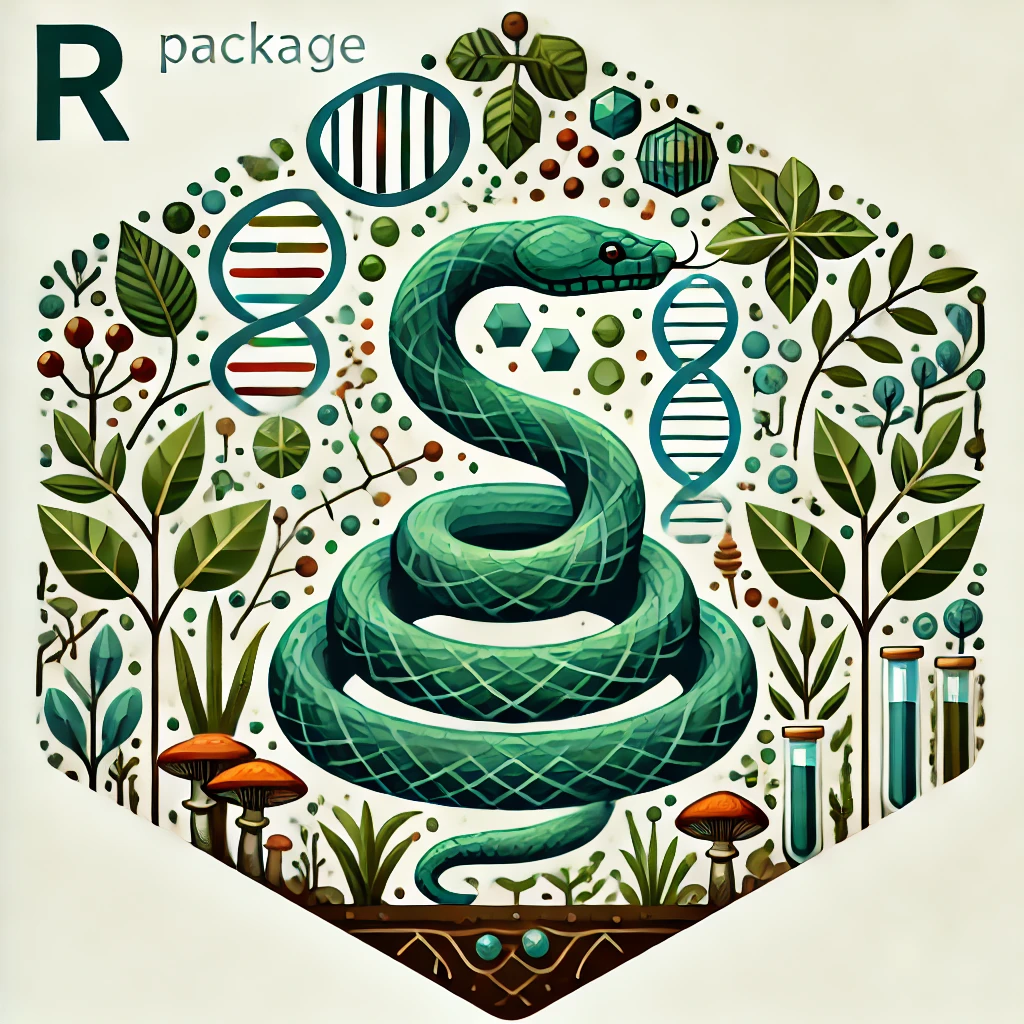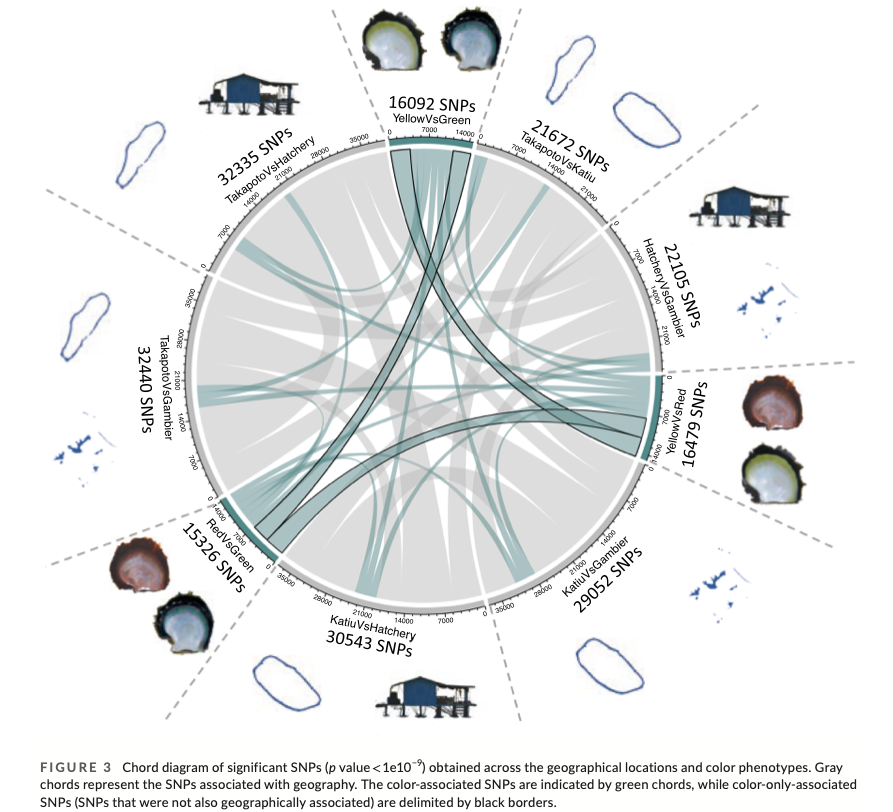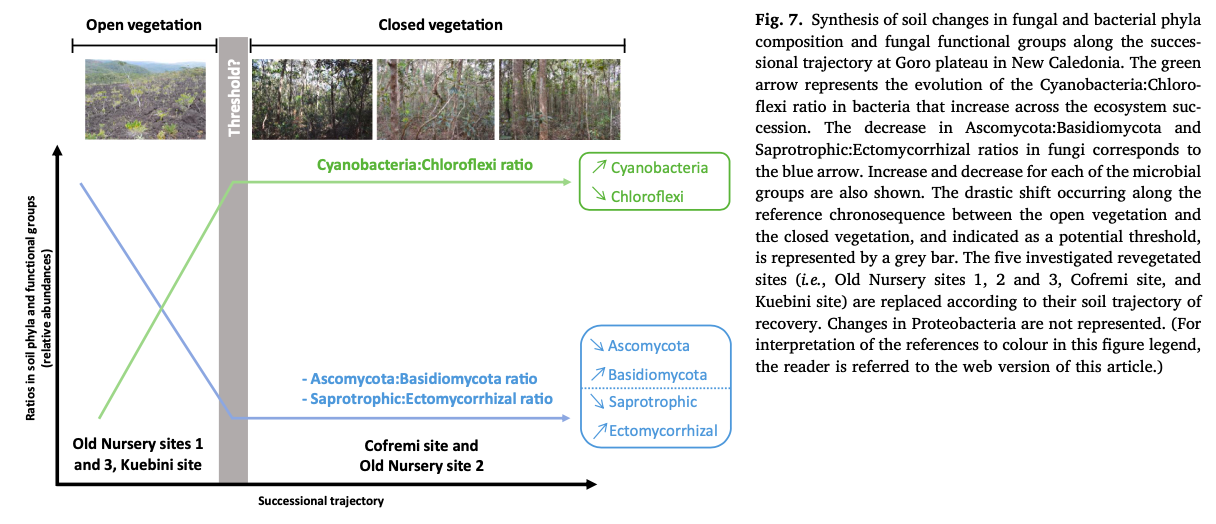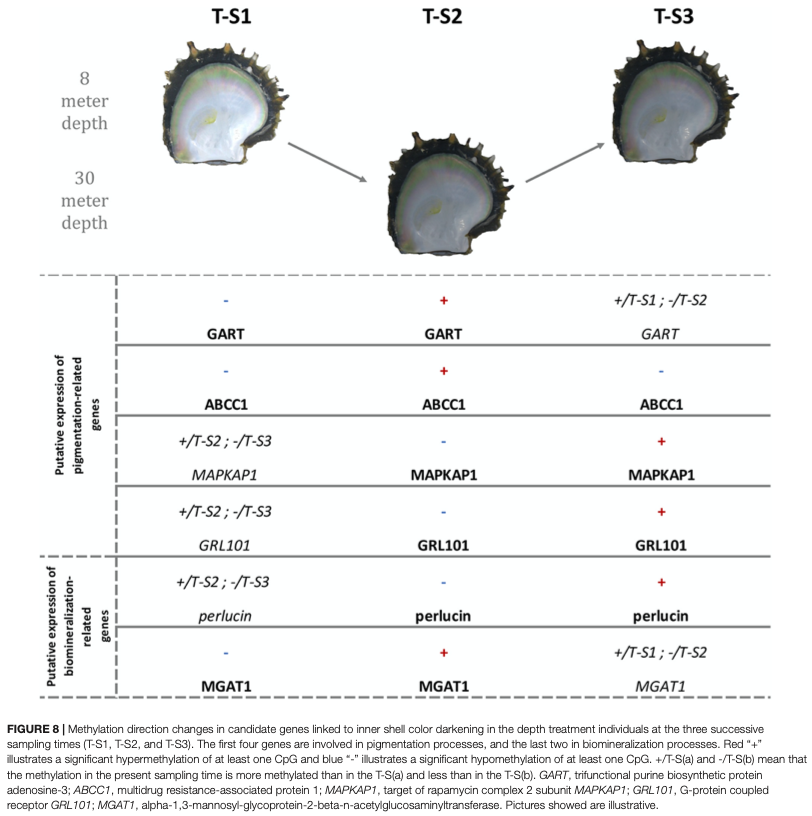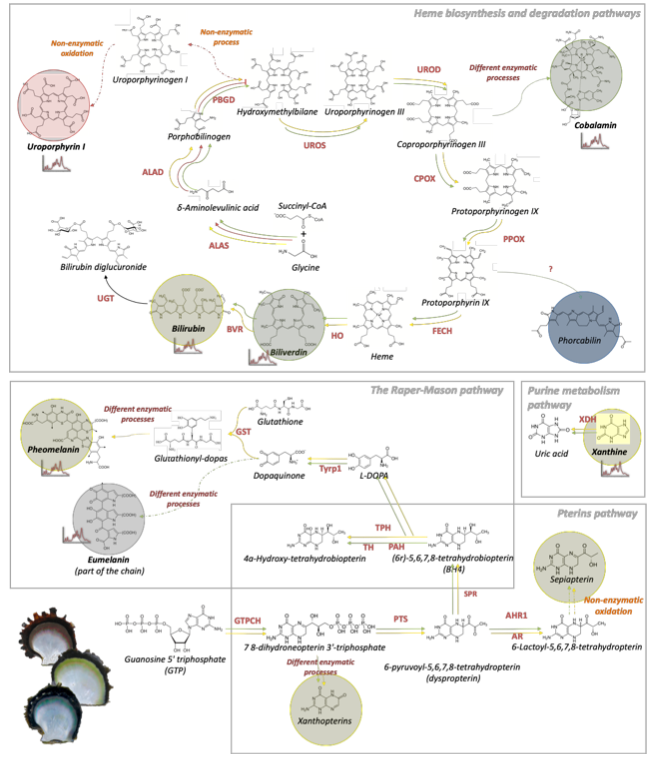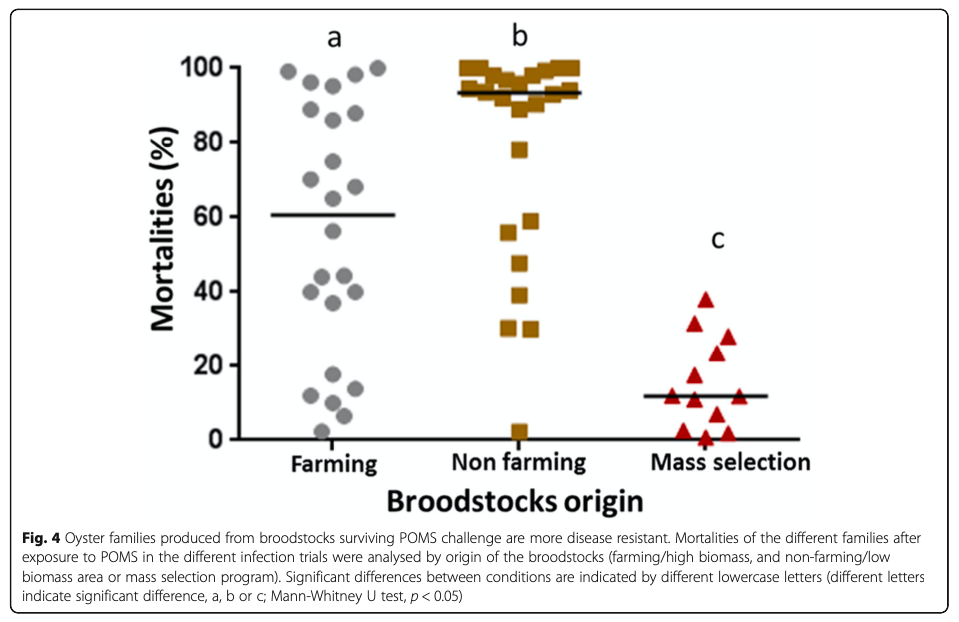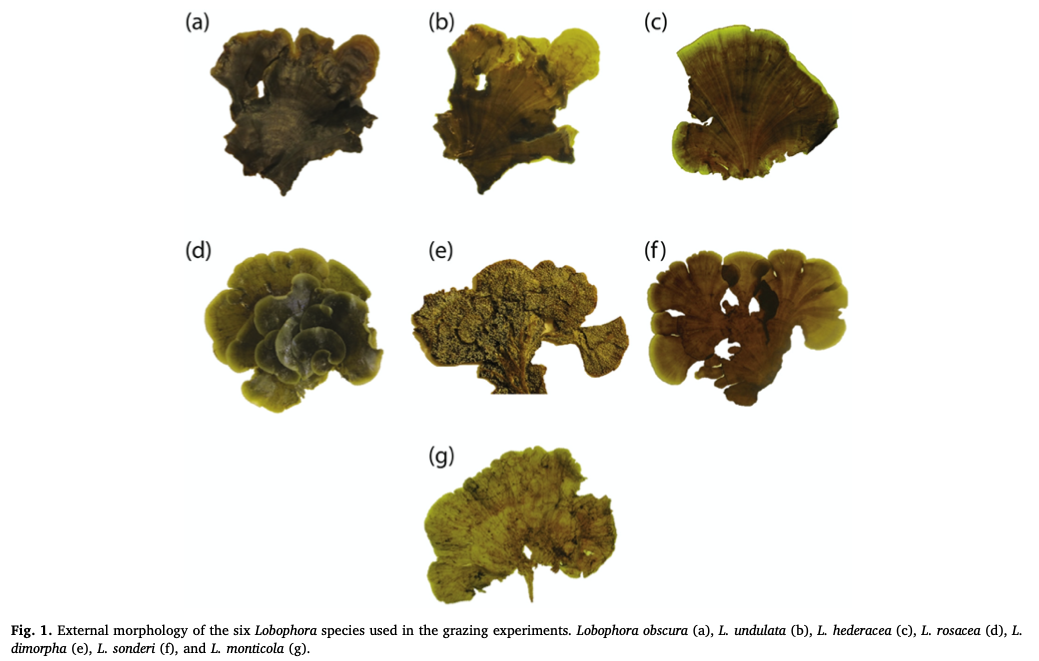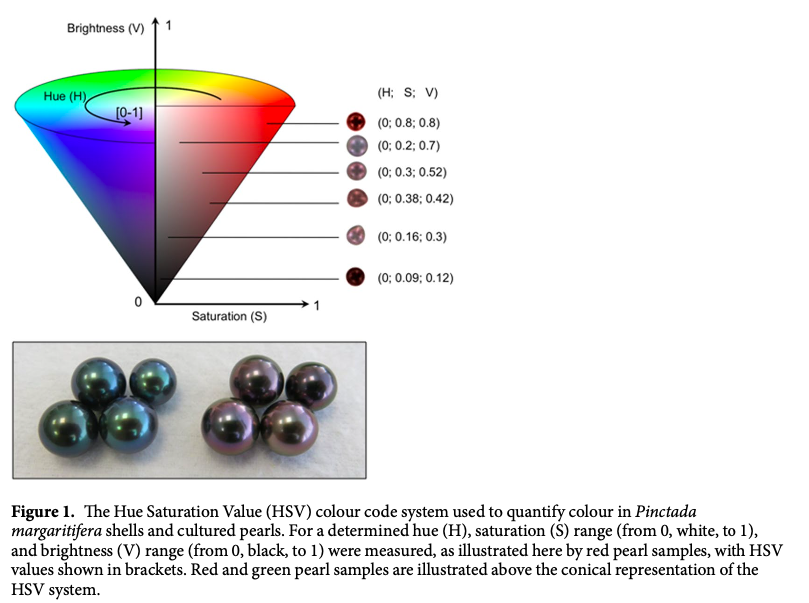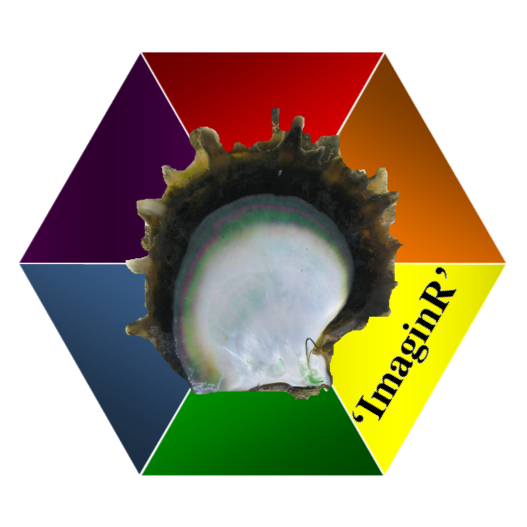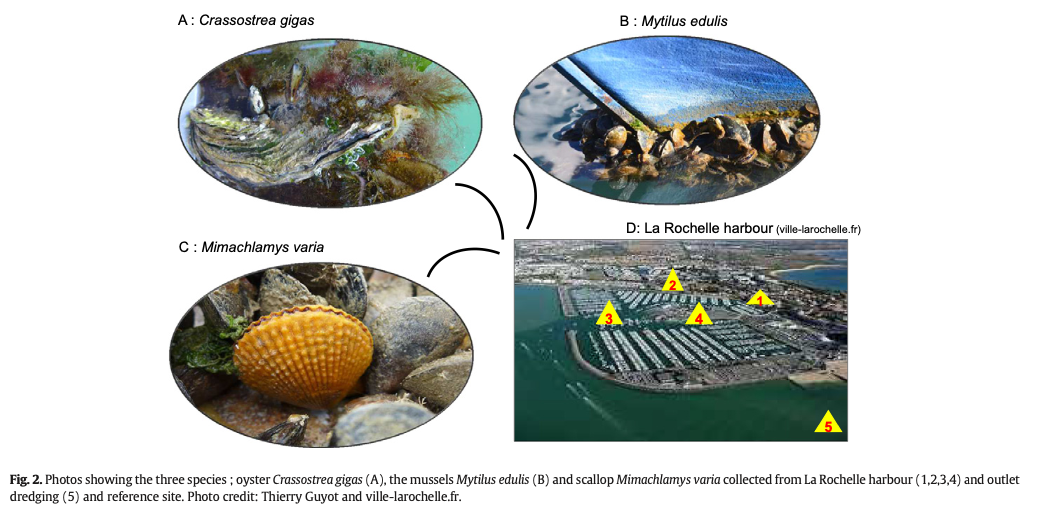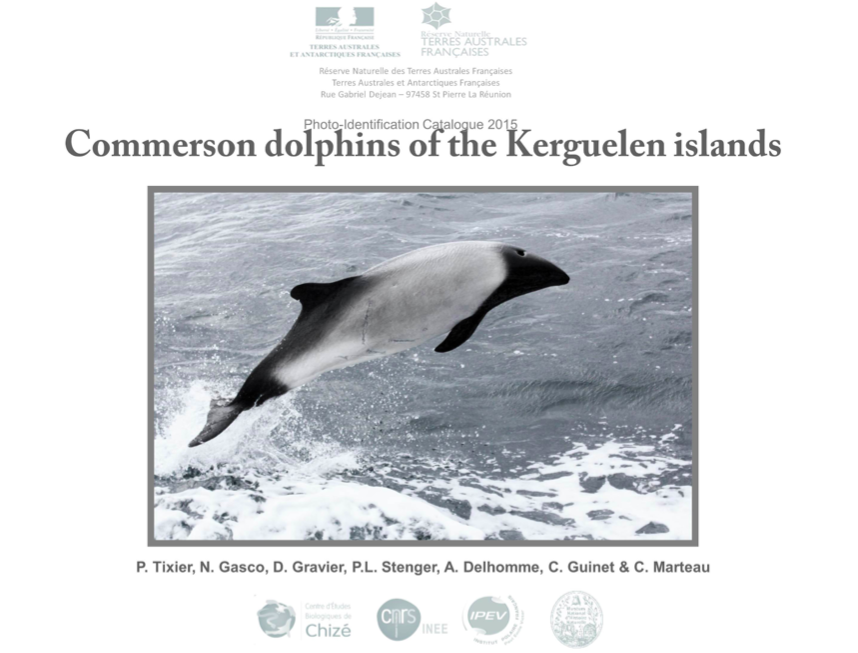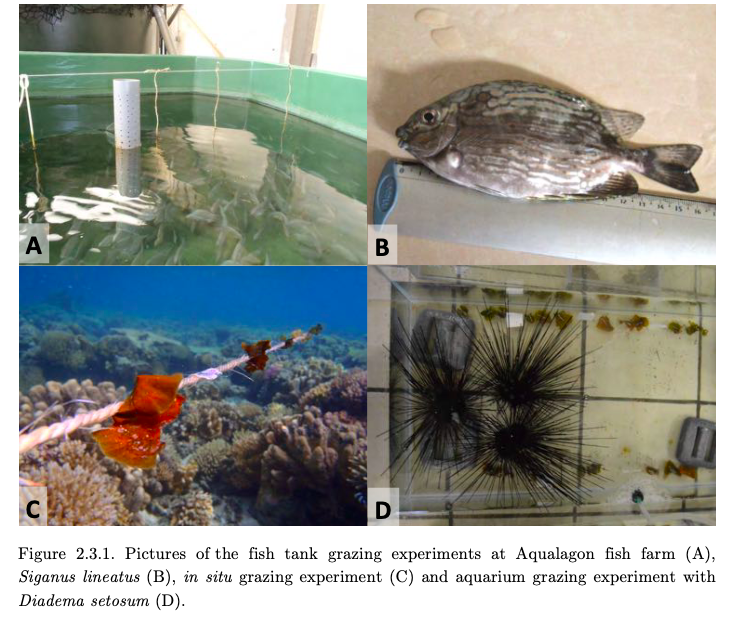Published in Journal of Experimental Marine Biology and Ecology, 2019
The genus Lobophora is a notable benthic algal component of tropical coral reefs, capable of dominating large reef areas following coral mortality and herbivory declines. The alga, however, has been the object of contradictory observations in terms of susceptibility to herbivory. Unaware of the species-richness of this genus, most studies referred to Lobophora variegata, a species assumed to present various morphotypes and chemotypes, occupying diverse ecological niches. Variation in susceptibility to herbivory has been consequently interpreted as intraspecific variation in terms of morphology and chemical composition as well as differences in herbivore guild compositions and diet across different locations (e.g., habitat, reef, region). Recent taxonomic studies of Lobophora disclosed a high species diversity, which could explain previous conflicting observations. The present study tested the grazing susceptibility of seven species of Lobophora (L. dimorpha, L. hederacea, L. monticola, L. obscura, L. rosacea, L. sonderi and L. undulata), which differ in growth form as well as in their chemical com- position and fine-scale ecological niche on coral reefs in the southern lagoon in New Caledonia, to two important herbivores in New Caledonia, the rabbitfish Siganus lineatus and the sea urchin Diadema setosum using tank, cage, and in situ experiments. All seven Lobophora species were markedly consumed in situ and by the two herbivores. Differences in consumption among the Lobophora species were small but statistically significant. Lobophora rosacea, characterized by a distinct secondary metabolome, was significantly more consumed by the two herbivores. Conversely, L. sonderi was always among the least consumed species. These results point to the possible role of chemical defense, and suggest that L. rosacea may produce less or different chemical deterrents than the other Lobophora species, and that L. sonderi may produce deterrents active over a wider range of herbivores. However, the limited interspecific differences in consumption point to the greater importance of associational and spatial refuges as defense strategies against herbivores over chemical or morphological defenses in the genus Lobophora.
Recommended citation: Vieira, C., Stenger, P. L., Moleana, T., De Clerck, O., & Payri, C. (2019). "Limited interspecific variation in grazing susceptibility of the brown alga Lobophora to herbivory." Journal of Experimental Marine Biology and Ecology, 518, 151175.. https://www.sciencedirect.com/science/article/pii/S0022098118304817?casa_token=t20tBBmPaGwAAAAA:TpiHJITggZFYMztyrQoqNT7KEjHsKIA_aw6GoZCNBFQf-LQ2huIuThXjxxLpBG_DKe7izvtTRMY
